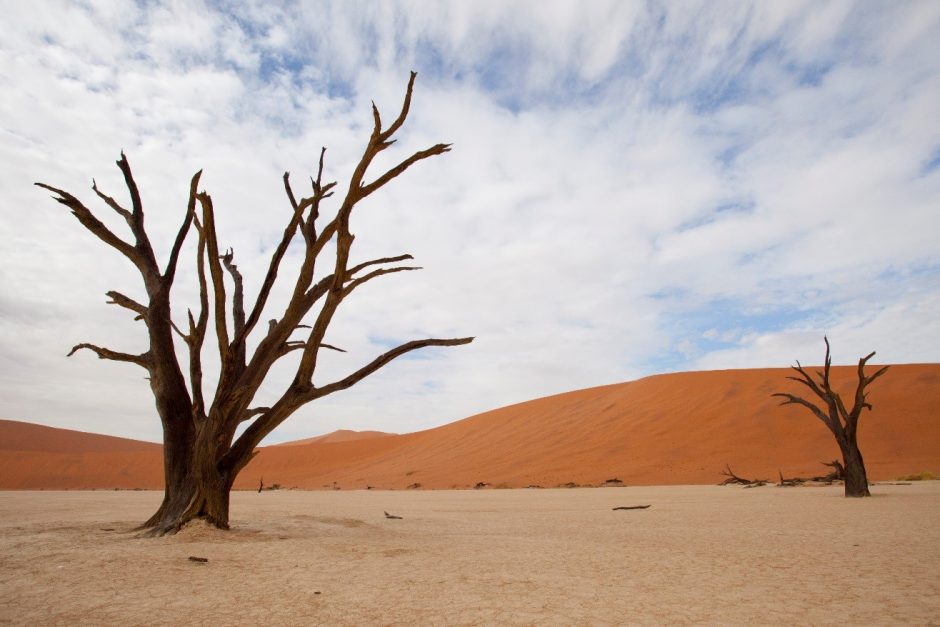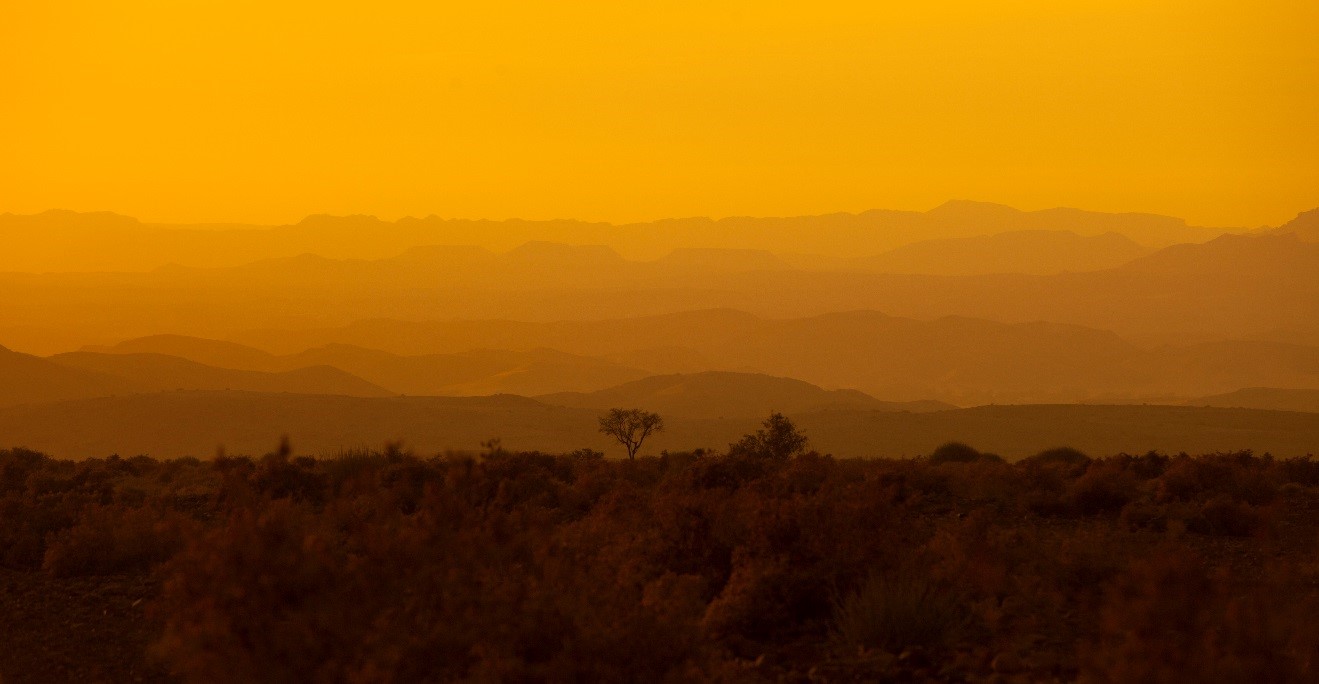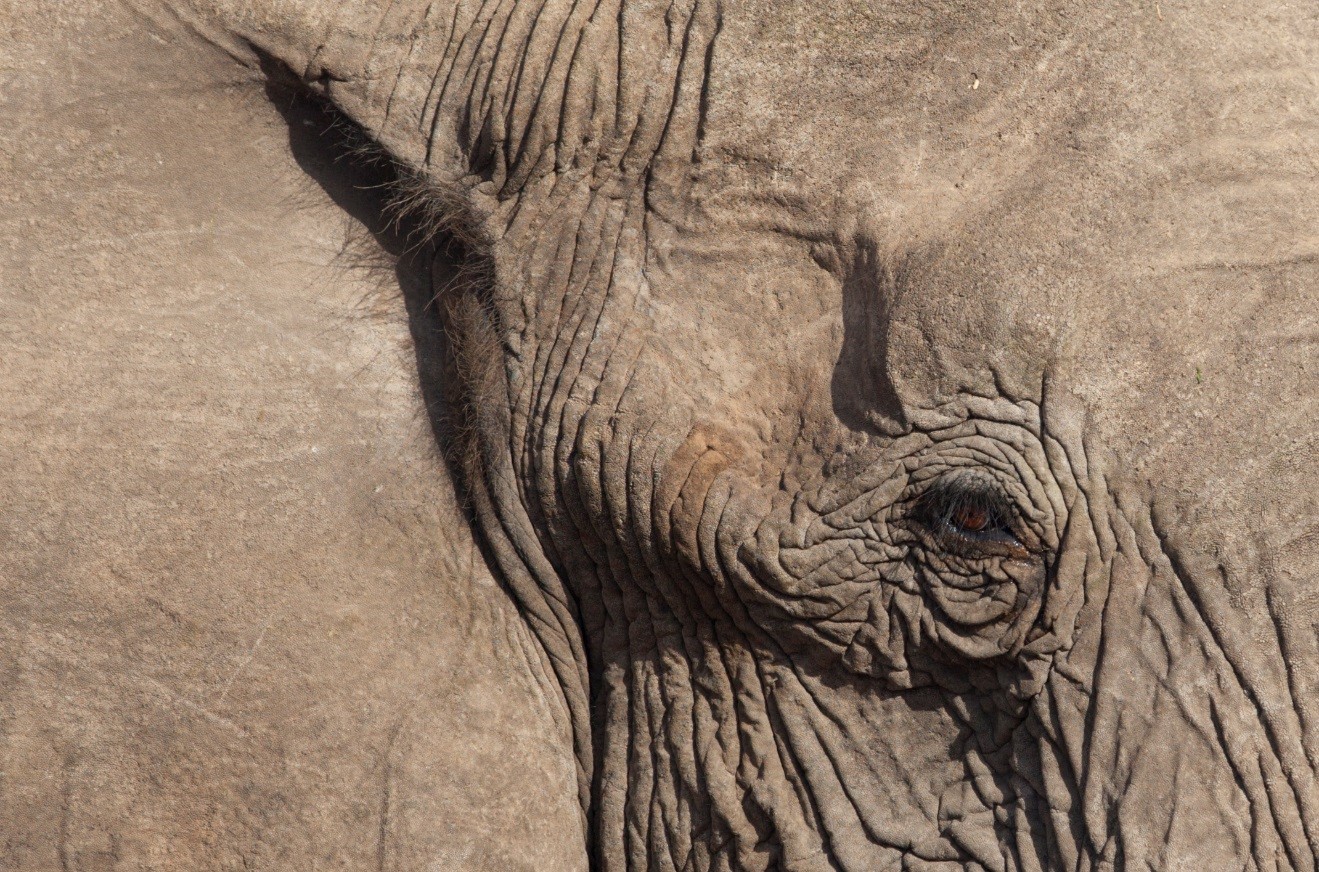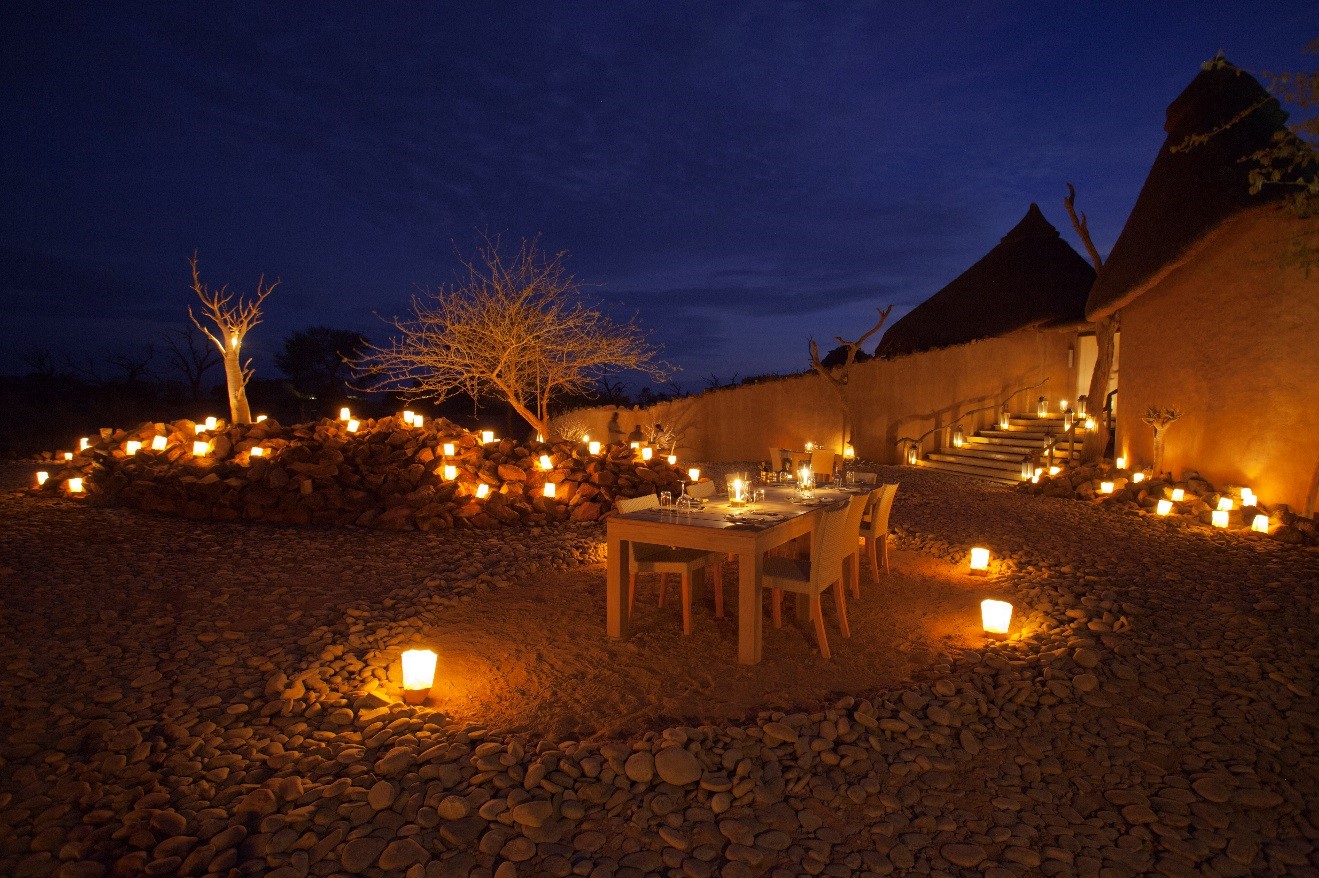
What’s in My Camera Bag? Namibia
Well I’m going to make it difficult for you on this one. Namibia is one of the most photographically-diverse destinations on our planet. This is great for the photographer, but require careful planning when selecting equipment.
Follow this guide to outline some of the key considerations.
Please note, photographic styles vary, as do conditions on the ground. While this is meant to be a guide for choosing your camera gear, you should consider your own photographic interests first and foremost.

Ultra-wide angle vs. wide angle
You must bring either an ultra-wide angle or a general wide angle to Namibia. With otherworldly landscapes, you would be missing out on hundreds of show-stopping photos if you only stuck with a traditional safari telephoto lens. However, choosing between and ultra-wide angle and a more multi-purpose wide angle comes down to your own photographic style. I personally prefer an ultra-wide, as it gives me more versatility when trying to incorporate specific landscape elements, and if I must, I can crop the photo after the fact to “digitally” zoom further. By using a 10-22mm for crop frame or 16-35mm for full frame, I am ok with not having the zoom capability of, say, a 24-105mm. But, that is up to you. Just be sure to bring one or the other, as there are shots o’ plenty.

Zoom telephoto:
On the other end of the spectrum is your telephoto range. These are your 70-200s, 70-300s, and 100-400s. While landscapes send to steal the show in some locations in Namibia, the wildlife can be quite outstanding in others. Be sure to have your “go-to” safari lens with you for wildlife shots ranging from 10 to 100 yards away.

Multi-purpose lenses
These are your lenses that have large ranges like 18-300, 28-300, or 18-135. While they can be easy to use and are more versatile, they often have drawbacks, either in how much light they let in, overall quality, or hefty price tags. I personally don’t think that Namibia requires this dynamic flexibility like some other destinations may. When you set out for the day in a certain location, you can be reasonably sure if you’re mainly going out for wildlife shots, or landscape shots. There will always be times when you need the other on, and you’ll have to change lenses, but these instances are not coming up every minute, which is usually the criteria for multi-purposes lenses as I see it.
Super telephoto
A lens in the range of 400mm and greater can be of help in Namibia, but not essential. Compared to Kenya Migration Photo Safaris, or Botswana Photo Safaris, you’ll have to go into Namibia knowing that the scenery and landscapes are equally spectacular, and that the wildlife is not at the same abundance as other iconic safari localities. For this reason, I feel that a zoom telephoto that perhaps reaches up to 300 or 400mm is better, rather than being limited by a 400, 500, or 600mm prime lens solely for far away wildlife.

X-factor lenses
Namibia is an enthralling travel destination and for many trips you’ll get a chance to engage with traditional cultures, whether it be at your safari camp or actually visiting remote villages. For this, I love a “nifty fifty” lens. These are your 50mm primes that often give you really wide apertures for that neat blurred effect. A 50mm f/1.4 would be a nice compliment to the above.
Flashes
You probably won’t use any flash on this trip, as a) most guides will not want you using it while photographing wildlife, because it can spook them away, and b) there is usually plenty of light for total flexibility in your photographic style. You can shoot at wide or narrow apertures and low ISOs during most of your days.
Tripods
Tripods can be useful, but really only if you are into low light photography in evenings, or star photography at night. The desert sky in Namibia can be GLORIOUS at night, so if that’s your thing, you may wish to bring a tripod. Namibia is also very fascinating for time-lapse photography, too, as clouds roll over sand dunes, or light changes on the rocky landscape. A tripod is essential for time lapse photography.

Other accessories
Like many destinations, be sure to bring plenty of extra memory, as it’s often surprising how many photos you can take while on an expedition.
By far the two most important lenses to have with you are a reliable wide angle (or ultra wide) and a zoom telephoto. While a full multi-purpose like a 18-200mm or 28-300mm isn’t entirely necessary, I do recommend covering a wide range of focal lengths with as little lens changing as necessary. This usually equates to a kit of 16-35mm + 70-300mm, or a 24-105mm + 100-400mm, or any combination thereof.
Now, get out there and take your shots of a lifetime in this incredible nature, wildlife, and travel destination!
Go forward and give it a shot,
Court
6 Comments

desert safari
June 1, 2017 at 2:19 pm

Malik Shehzad
January 23, 2018 at 9:15 am

Ali
April 11, 2018 at 8:27 am

Umar
April 27, 2019 at 11:01 pm

Andy Pavia
October 4, 2024 at 8:38 am

Court Whelan, Ph.D.
October 9, 2024 at 9:18 am
Hotel transfers, dinner, select beverages and
activities as listed are included in the price.
Hello, I found a considerable measure of interesting data here in this post. Keep it up the good work.
Best of luck for your next blog. 🙂
Utorrent Pro
Hi, Court Whelan, you have a natural explorer. You capture best nature shoots every. Your every post is inspiring. Thanks.
mehndi dresses
Dubai is a glorious city in the world but the desert safari is most thrilling tour in Dubai since 1980 . This is a great post and great team work . desert safari
Court,
I love your blogs, not just for the gear tips but for the passion and ideas about capturing images. But, a gear question if you will… We are combining the Madagascar trip with an extension to Namibia, which makes lens selection tough given the weight restrictions. I have a Z 24-120 which will be useful all around but I am torn between my 70-200 2.8 which I think will be ideal in the forest of Madagascar (and is your favorite for that trip!) and my 100-400 4.5-5.6. I have a 1.4x telextender. I could haul both I suppose but leave one in the van if we are doing long hikes.
Hi Andy, this is an amazing combo of trips! In short, I would do everything you can to bring both the 100-400 and 70-200. The 70-200 will be the most amazing lens when it’s long enough, but there absolutely will be shots you need more telephoto for. You don’t need to bring each every single day, but to have both on the same trip would be super duper important in my mind. An old trick is to bring your camera and 70-200 on the plane, with 24-120 in your pocket, so you can photograph from the windows, but then they also probably won’t count toward your luggage weight :). Now, folks have caught onto this trick, so I’m not sure if it’s a failsafe, but it’s something I’ve done throughout the years and have been just fine :). Hope this helps!